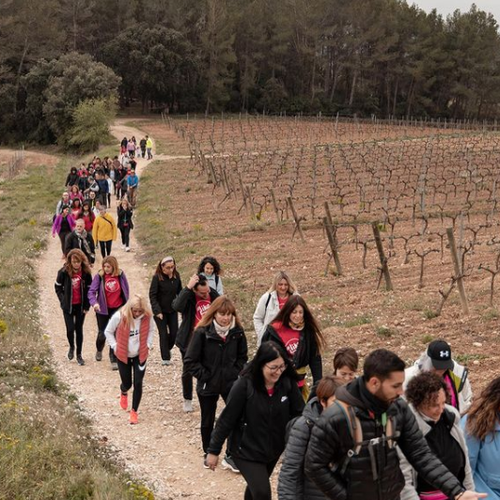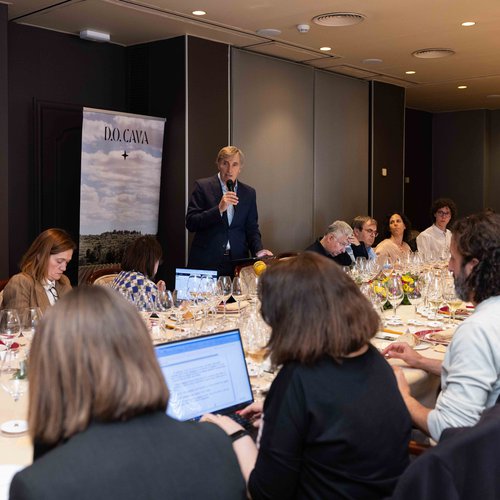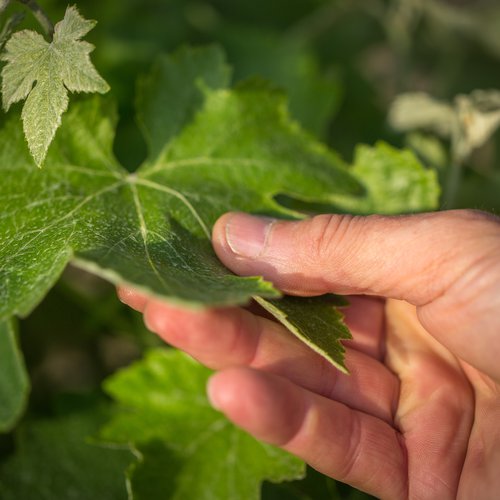Cava today, origin, change and a division that must add up
A division that adds up? Granted, it may seem illogical, but the headline of this blog post, a small reflection on the beginnings of the Designation of Origin (D.O.) Cava and the changes it has experienced during the last few years, is more than just a play on words.
Absurd as it sounds, dividing can also mean adding up. Allow me to explain: I am convinced that the new zoning of the Cava region is a positive development, in order for the sector to join forces and once again assert the product’s unique and exceptional qualities and, of course, its history. Even though it was born in the modern era, and has existed for almost 150 years, Cava can trace its origins back much further.
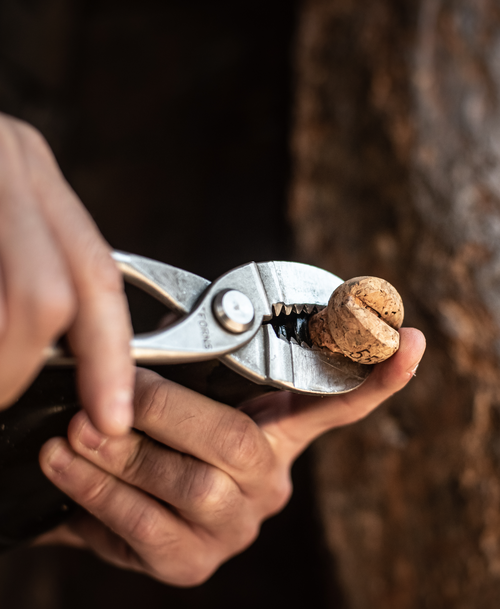
The origins of Cava
In 1872 the Catalan winegrower Josep Raventós produced the first bottle of sparkling wine using the traditional method in a cellar in Sant Sadurní d'Anoia. But the production of this type of wine already had precedents in Catalonia, specifically ‘els vins formiguejants' (the tingling wines), which the wise Francesc Eiximenis quoted in Com usar be del Menjar i del beure (How to Use Food and Drink) from his Lo Terc del Crestià (The Third Book of The Christian) at the end of the 14th century.
It sounds logical that this expression should refer to bubbles, doesn’t it? But some centuries passed between this point, the (probably accidental) discovery of sparkling wine by Dom Pérignon, a 17th-century Benedictine monk in the abbey of Santa Helena de Hautvilliers in France, and the creation of the first enological culture; the monks did not keep their fortunate discovery, and instead studied it.
But it was not only chance that prevented Catalonia from following the same route as other countries such as Germany, as the enologist and writer Joan C. Martin explains in his book "Cava, a happy Mediterranean wine". Here, imitation French champagne did not consist of sparkling wine made bottle by bottle, but rather made using the gran vas method (second fermentation in large tanks), producing Sekt wines.
The reflections by the author about why this happened are fascinating: a collection of circumstances, namely the united stance of the farmers, along with tradition and its associated knowledge, resulted in the ability to follow a process, a method - the traditional or champenoise, improving it and giving it its own personality.
Cava, a happy Mediterranean wine
A holy trinity of grapes
This is where the triumvirate comes in, formed by the three grape varieties that have given Cava its uniqueness and identity: Xarel-lo, Macabeu and Parellada. This decision, although it might seem straightforward now, was anything but at the time. Many tried to imitate French champagne and its varieties and blends, but it was Josep Raventós' vision, and also that of his son Manuel, that decisively opted for these varieties, which adapted to the Mediterranean soil and climate of the Penedés region, the birthplace of Cava.
Now let’s take a leap forward in time. After this initial period, which lasted several years and required considerable persistence, the Cava Designation of Origin produced some 325 million kilos of grapes a year, that were made into 250 million bottles of Cava. Of these, 165 million were destined for international markets, a quantity that helped Cava to become the leading Spanish D.O. in terms of exports. Maintaining these figures and improving quality continues to be the aim of the Regulatory Council.
Paraje Calificado and zoning: two historic milestones to enhance the value of the Cava vineyard and aging
The last few years have been turbulent for the D.O. Cava, but only good things will come out as a result. A firm commitment to quality led the Regulatory Council to present a new category for Cava in 2018, the Paraje Calificado. And now, two years later and with the consensus of the entire sector, we have managed to approve the long-awaited and much-demanded zoning.
From now on, four large areas will represent the uniqueness of each of the Cavas: Comtats de Barcelona, the area that includes the birthplace of Cava, and the Catalan production zones; Valle del Ebro; Viñedos de Almendralejo; and Altos de Levante. These specific areas and zones will help the consumer to identify the precise provenance of each bottle of Cava, and also to watch out for and learn the characteristics that differentiate them. All the areas share in common an exacting method of production and control.
This is only the first level of zoning: next come the two areas which are divided into subzones. The Ebro Valley has two: Alto Ebro and Cierzo Valley, while the Comtats de Barcelona has four: Valls d'Anoia-Foix, Serra de Mar, Conca del Gaià, Serra de Prades and Pla de Ponent. Each subzone is defined by its orographic, climatic, historical, and human characteristics.
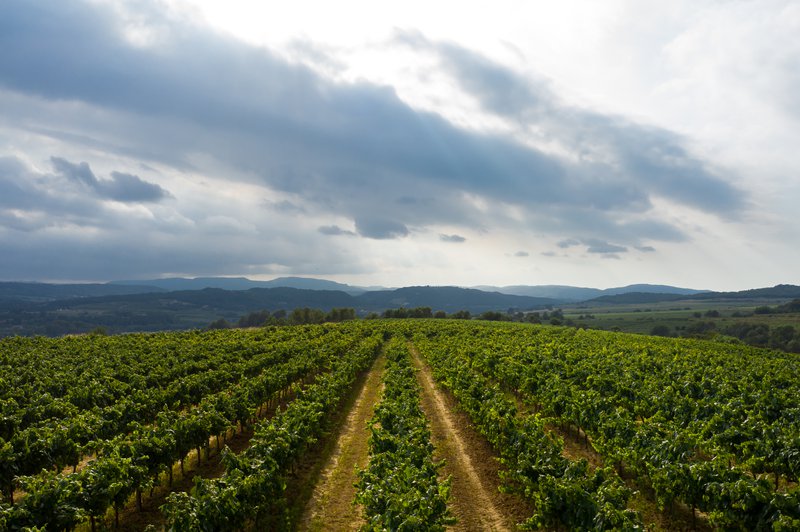
Finally, the uniqueness of the vineyard, where everything begins, resulted in the presentation of the Paraje Calificado two years ago. This is the highest mark of quality, the one that identifies those Cavas whose origin was already defined as unique.
In addition to this, with small but important changes that should reaffirm the product as a leader in quality and world positioning, are two new categories: Cava de Guarda and Cava de Guarda Superior. The latter adds three extra months to the 15-month minimum aging period for Reserva wines. This means that they will be aged for between 15 and 18 months, and the vintage must be identified on the label.
The last change, sustainability, has gradually been gaining strength, especially over the last decade, thanks to the awareness of the sector itself, and to consumer demand. We have seen a progressive increase in the number of certified organic Cavas now on the market. The D.O. also considers this reality as its duty, and has required that all Cavas de Guarda Superior must be made with organically certified grapes within the next 5-10 years.
Zoning, redefining categories, increasing the aging period, and meeting the demand for sustainability are not only changes, but also a means of positioning Cava at the forefront of designations of origin for top-quality sparkling wines produced using the strict traditional method; a decisive commitment to their history and tradition. For the work carried out over so many years by farmers, growers, producers and winemakers to keep the name of Cava at the forefront and, above all, to continue ensuring that consumers enjoy it.
Long live Cava, and cheers!
